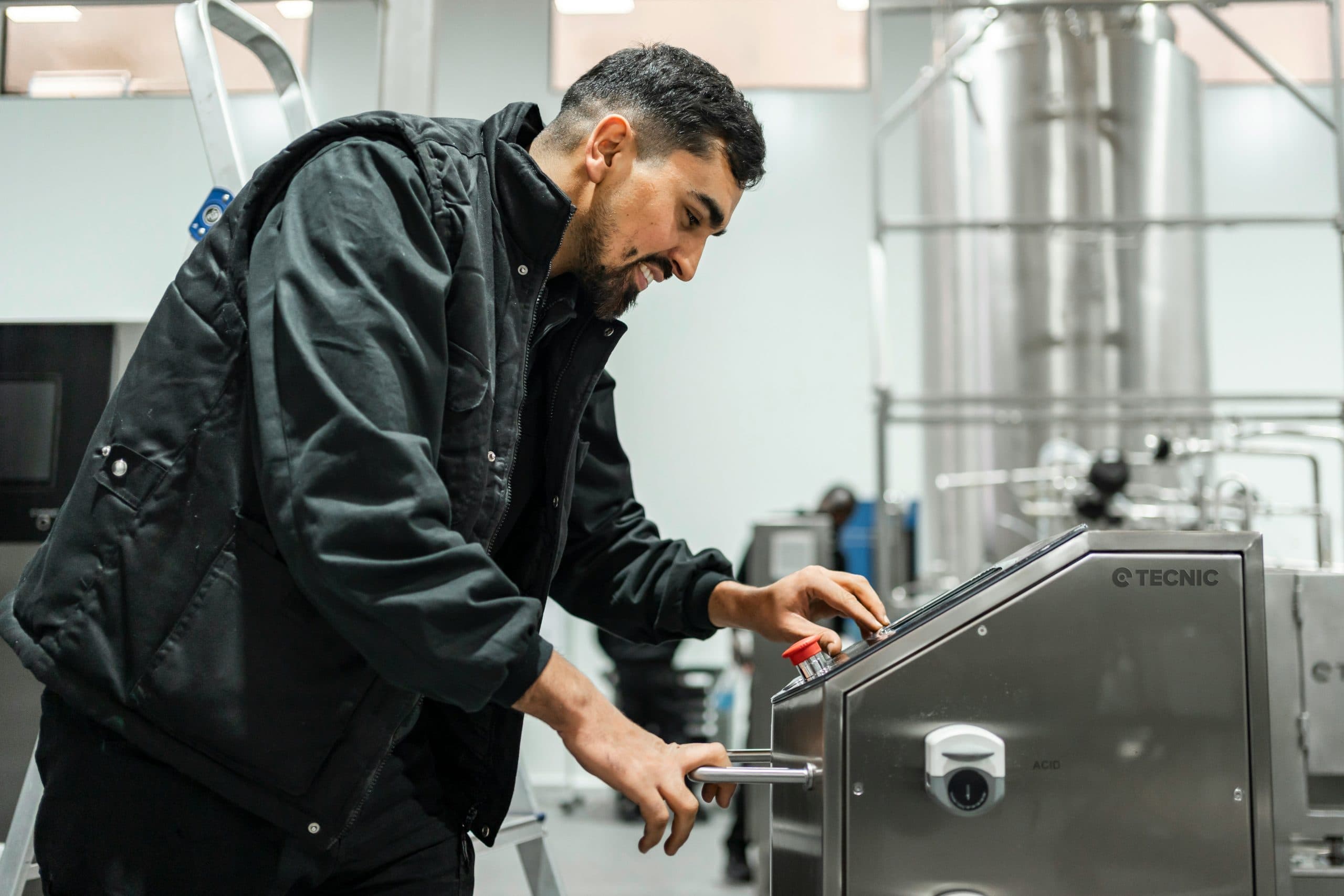DATE
6th July 2025
CATEGORY
Artificial Intelligence

Understanding Hyperautomation and Its Significance
Hyperautomation is not just a buzzword; it’s a significant approach that transforms the way businesses function. Unlike traditional automation that focuses solely on the mechanization of repeatable tasks, hyperautomation goes a step further by integrating AI, RPA (Robotic Process Automation), and ML (Machine Learning) to automate complex business processes. Essentially, hyperautomation empowers organizations to digitize more comprehensive workflows.
The role of AI in hyperautomation enables systems to learn from data patterns, while RPA facilitates the automation of routine tasks, making processes more efficient. In contrast, ML allows systems to adapt and optimize over time based on new information.
Key industries that are currently benefiting from hyperautomation include manufacturing, healthcare, finance, and customer service. By leveraging these technologies, companies can reduce operational costs and enhance productivity.
For businesses looking to thrive, the importance of a comprehensive automation strategy is clear. Organizations must go beyond piece-meal automation efforts and embrace a cohesive strategy that aligns with their goals.
Pro Tip: Assess your current automation levels and devise a roadmap for integrating hyperautomation for maximum efficiency. Prioritize processes that will benefit most from automation.
The Potential Impact of Hyperautomation on Different Job Sectors
Various sectors are on the brink of significant changes due to hyperautomation. In manufacturing, tasks like assembly line work are likely to be automated, leading to reduced demand for repetitive roles. Healthcare also faces transformation, where administrative tasks can be automated, allowing healthcare professionals to focus on patient care.
In finance, processes like data entry and simple analyses can be handled by automated systems, streamlining operations and reducing errors. Customer service roles are also at risk, with AI chatbots taking over initial customer interactions.
However, the contrast between repetitive tasks and roles requiring critical thinking is important to note. Jobs that rely heavily on analytical skills, creativity, and emotional intelligence are less likely to be fully automated.
Therefore, adaptability becomes critical for the workforce. Employees must be willing to take on new roles or responsibilities that align better with evolving technologies.
Pro Tip: Conduct a skills gap analysis in your team to identify roles at risk and develop training programs that prepare employees for emerging demands.
Skills That Will Be In High Demand in a Hyperautomated Workplace
As hyperautomation takes hold, the importance of tech-savviness and digital literacy cannot be overstated. Workers will need to navigate new tools and platforms, making comfort with technology an imperative skill.
Critical thinking and problem-solving skills will become essential traits for employees, ensuring they can adapt to and leverage new technologies effectively. Moreover, emotional intelligence is likely to stand out as a desirable trait for roles involving stakeholder interactions.
Continuous learning and upskilling will not just be beneficial but necessary. Workers who actively seek to develop their skills and adapt to new situations will find themselves at a distinct advantage.
Pro Tip: Invest in employee training programs that focus on both technical skills and soft skills. This dual approach will equip your workforce to thrive in a hyperautomated environment.
Case Studies: Businesses Leading the Charge in Hyperautomation
Several companies have successfully implemented hyperautomation strategies that have significantly transformed their business processes. For example, UiPath has developed an environment where their automation tools facilitate seamless integration, enhancing productivity across various departments.
Another notable case is that of American Express, which utilizes hyperautomation to streamline customer onboarding processes, vastly improving the customer experience.
Through these implementations, companies have learned valuable lessons. Successful hyperautomation is not just about technology; it requires a change in mindset and processes to be truly effective.
As these companies continue to innovate, their focus will remain on enhancing automation capabilities to drive further business efficiency.
Pro Tip: Study the strategies of pioneering companies in hyperautomation. Look for case studies and insights to apply best practices in your organization.
Preparing Your Workforce for the Age of Hyperautomation
Preparing your workforce for hyperautomation demands strategic foresight. Upskilling employees to thrive in an automated environment is crucial. This may involve training programs that focus on both technological adeptness and soft skills.
Fostering a culture of continuous learning and innovation will ensure that your team is always a step ahead in adapting to changes.
The creation of hybrid roles that combine human and machine capabilities can also pave the way for collaboration, where humans handle complex tasks while machines take care of routine processes. Leadership plays an essential role in guiding this transition, ensuring coherence and support for their teams.
Pro Tip: Implement mentorship programs where seasoned employees can guide others in navigating new tools and technologies, fostering a culture of collaboration and learning.
The Ethical Considerations of Hyperautomation in the Workforce
With hyperautomation comes a set of ethical considerations that cannot be ignored. Job displacement is a significant concern as automation often replaces traditional roles. It’s vital to evaluate how to balance efficiency with employee well-being.
Ensuring equitable access to training and resources must be a priority so that all employees can adapt to the changing landscape. Furthermore, developing policies that protect workers’ rights in an age of automation is crucial for fostering trust and stability within the workforce.
Pro Tip: Create an ethical framework around hyperautomation that prioritizes employee welfare and offers support systems for those affected by displacement.
Embracing Change and Shaping the Future
In summary, the imperative for businesses is to not just adapt but also innovate in the face of hyperautomation. Leaders must view hyperautomation as an opportunity rather than a threat—one that can drive growth, efficiency, and new business models.
As we navigate the future of work, the key takeaways for business leaders include understanding the significance of hyperautomation, being proactive in workforce preparation, and considering the ethical implications of these changes. Embrace the change, and shape a brighter future.



